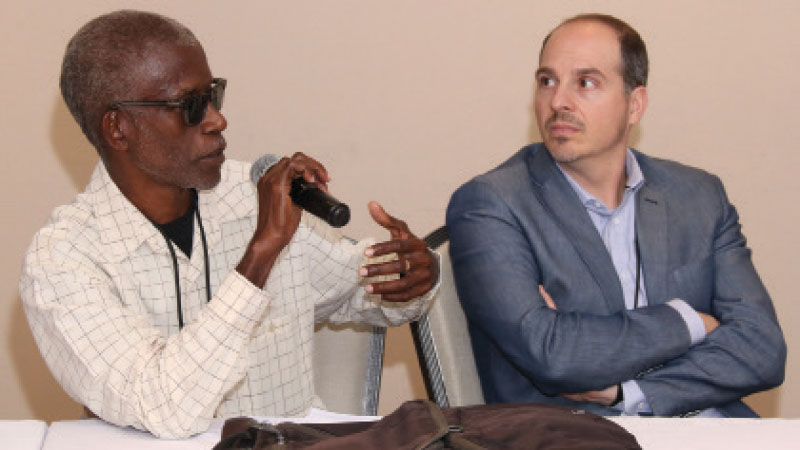By Mike Jarrett
Information and data were presented under the following topics:
• Ecosystem services used to protect coasts and harbours by Jesper Goodley Dannisøe of DHI
• Use of remote sensing technologies for bathymetry and monitoring by Rasmus E. Borgstrøm
• Climate change expectancies for the Caribbean region by Carlinton Burrell, Climate Innovation Centre, Caribbean
• Shoreline management and a changing climate by Berry Elfrink of DHI Group
• Optimising harbour designs to cope with climate changes by Danker Kolijn, CBCL
• Use of a novel port management system with focus on water-related challenges
by Henrik Kofoed-Hansen, DHI
Track 1 gave participants an opportunity to look at the global effects of climate change and to review the latest satellite-based technology and systems for designing, sustaining or expanding harbours and port facilities.
The hurricanes of 2017 have shown that we are living in an era where climate change has started to play a major role in how our societies are impacted.
We must accept the fact that the port is in a symbiosis with the sea, the land and the society. This implies that we cannot continue with business as usual, and we need to change and adapt to a highly variable future.
This was the focal point for Track 1. Through six different inputs, various tools and concepts for climate change adaptation was discussed and exemplified. ‘True tales from real life’ – in a lively discussion – put the different approaches in perspective. The track also highlighted that many of the tools available were global, and that initiatives to protect a city in Asia could benefit from the same tools and approaches as those employed in the Caribbean. However, now is the time for action; not one-size-fits-all action but, rather, the application of techniques and strategies learned and developed over several decades of adaptation.
Track 1 also discussed the fact that, although we would like to protect ourselves against hurricanes, it was just as important to start addressing the less forceful consequences of climate change, including general sea level rise and torrential rains. It is important that regional governments and port operators treat preparedness for increasing sea level rise and heavy rains (and the resulting effects) as matters of priority.
Although the members of PMAC have their own ports to care for, there might be opportunities to increase collaboration with the society and also neighbouring ports and states. Events during the hurricanes in 2017 showed that better cooperation and knowledge about neighbouring states and their ports might be key to improving inter-state aid during and after devastating events, but this is disaster preparedness and not directly adaptation to climate change. However, such interventions should go hand-in-hand with adaptive measures to constantly improve the livelihood of the peoples in Caribbean states.
*Designer/moderator of Track 1.

